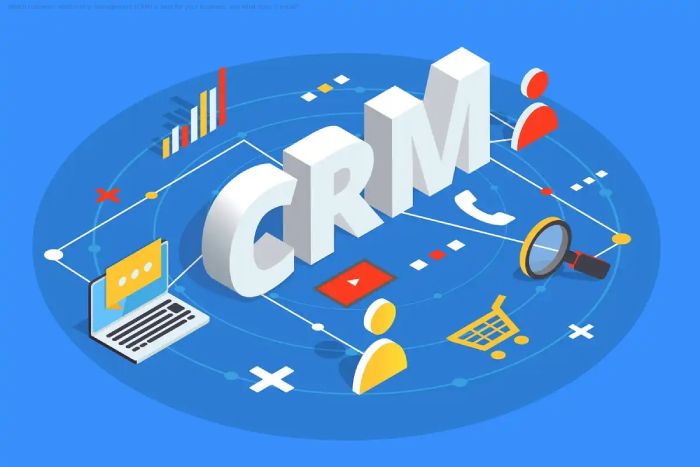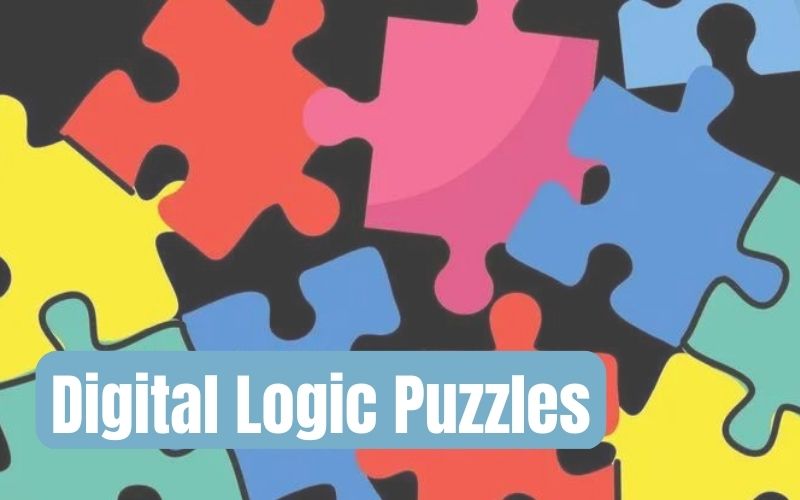Most businesses now use customer relationship management (CRM) software. Which acronyms do they use? Customer relationship management (also spelt “customer relationship management”).
Marketing, sales, and customer service are the three major departments a CRM uses to manage. The main goal of every action this software controls is to boost sales.
There are countless CRMs, but in this post, we highlight the top five and discuss their advantages and disadvantages.
Table of Contents
1.WI wink
WI Wink is a cloud-based CRM that can link and consolidate all your accounts and platforms into a single control panel to help you simplify and optimize your business tasks.
Additionally, it makes acquiring and managing customers easier through customer satisfaction surveys and the implementation of social media marketing campaigns. It also allows you to share and digitally sign documents, saving you time and money.
In summary, WI wink is one of the most comprehensive CRMs available, assisting you in gaining new clients, reducing costs, streamlining administration, and creating enduring bonds with your clients.
2.HubSpot
This CRM is primarily used for inbound marketing strategies, which use non-intrusive customer attraction and content customization to draw customers.
It has a database of contacts on which marketing, business, and service operations are conducted. These contacts are organized with all the information we know about them to facilitate their search and filter when recruiting.
The HubSpot Marketing Hub software enables us to track website visitors and add them to one of the lists, which can also be a part of this CRM.
3.Salesforce
Salesforce has a cloud platform where all customer interactions are documented and accessible to business personnel from any location.
It began as a tool for keeping track of sales. However, in recent years, it has come a long way to include features like managing marketing campaigns, contacting customer service, logging calls, or even producing reports. Additionally, a 30-day free trial is included. Do you dare give it a shot?
4.Microsoft Dynamics
It has both CRM and ERP (Enterprise Resource Planning) features. Specifically, business planning along with office-related solutions from Office.
From the initial point of contact through the purchase and post-sale processes, Microsoft Dynamics allows you to build and maintain a comprehensive and global view of customer information. Additionally, it makes it possible to consistently and measurably improve the processes involved in sales, service, marketing, and customer service.
5.Zoho
The last option is Zoho, a customer management tool that includes email marketing and CRM.
Focusing on what it enables as a CRM, we highlight how effectively the database is managed by being able to manage the client relationship for the business from one location. Additionally, Zoho manages and collects customer data. Making a history of them enhances the quality and tailors the care they give.
Implementing a CRM in your business can have several benefits. Although CRMs generally aim to manage and satisfy customer relationships, not all CRMs are equally suited to your business’s needs or customers’ interests.
Also read:- Cybersecurity: Threats and their Types
- What are Sitewide Backlinks & Their Impact on Search Engine Ranking - May 22, 2024
- 10 Tips For How To Use Craigslist to Buy - May 5, 2024
- Best 5 ways to how to get play store back on my smartphone? - May 3, 2024



